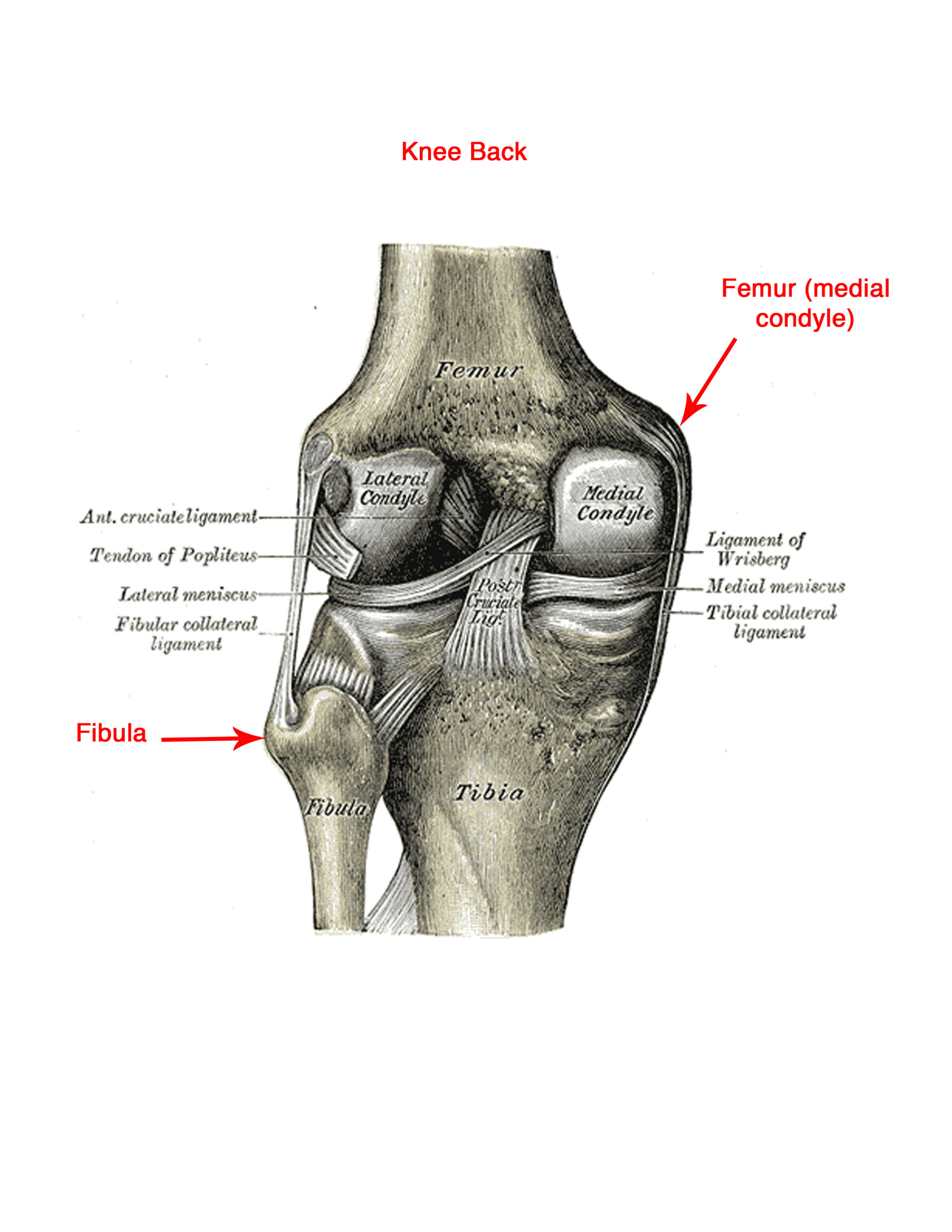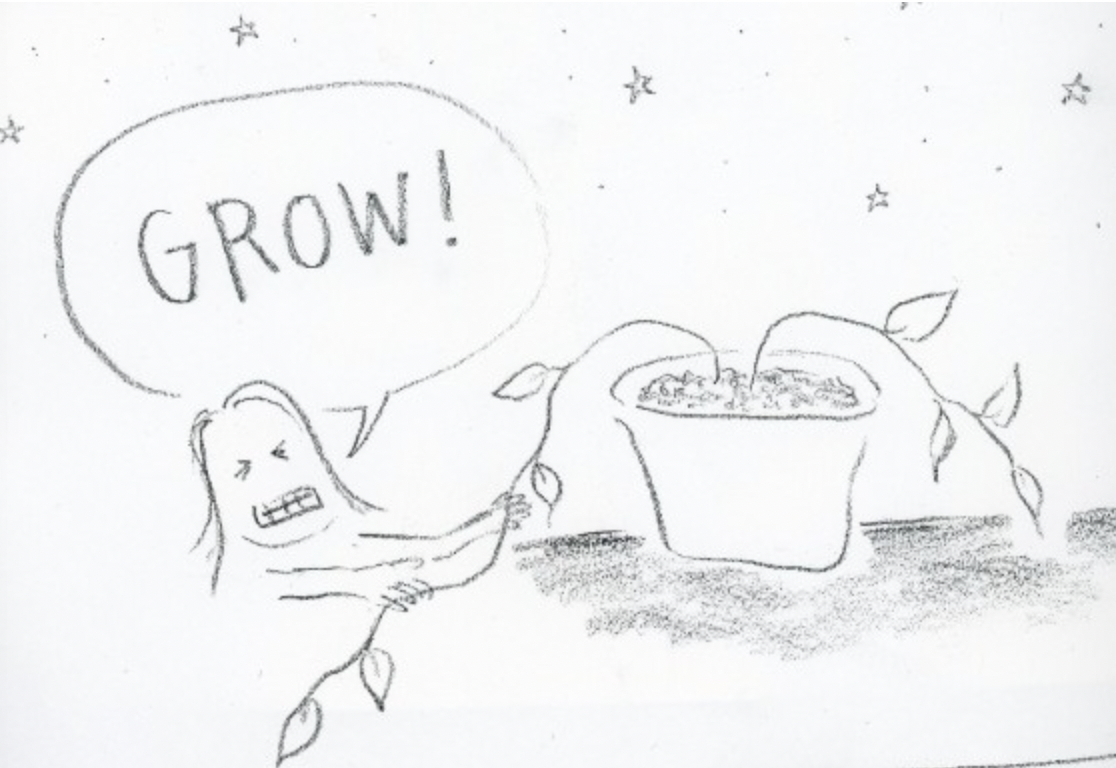
Many people who have had an Alexander Technique experience remember the shock of realizing that they didn’t need to work so hard at controlling their body. I’ve had the honor of holding space for quite a few students in tears during this moment over the years.
The dancer who started to cry when her neck freed on the table and it could turn freely again.
The TV announcer with a stiff and painful neck whose anxiety disappeared when he realized that the box frame of the TV screen wasn’t actually a part of his body.
The wellness professional with complex regional pain syndrome who realized that spatial awareness of a place on her femur bone could mobilize areas of her legs and hips that were held for years because of pain.
The Alexander Technique has long proposed that we can benefit from shifting our consciousness to our “sixth sense” – proprioception. Recent discoveries about proprioception reveal just how important it is. The characteristic sense of ease and coordination that one gets in an Alexander lesson, I strongly believe, comes from connecting our felt sense of our bodies (interoception) with proprioception so that we know where we are in space as a whole and where specific parts of us are in space and in relationship to each other.
For all you dancers at heart, this is a big part of the supreme pleasure of dance. I want everyone, not just dancers, to have access to this pleasure cause it makes your day so much more fun and energizing. Mobilignment™ is designed to be easily integrated into your life in just this way.
This month’s Mobilignment exploration has to do with simply being aware of the tips of all 10 fingers and all ten toes. There are already 17 points in my Mobilignment™ Point system (you can watch videos about all of them here). Now I’m going for broke and adding all 10 fingers and toes to this list! The tip of each finger and each toe exists as a separate spatial and sensory source of information for us.
Try this exploration and tell me how it goes for you. Does it bring more ease in your musculature and coordination? Does it change your breathing? Get curious. Here we go.
1) Rest your hands on any object without picking it up. Take the time to enjoy each separate finger in contact with this object, one finger at a time. Shift your entire hand, all at once, all then fingers, and place it in a different position on or around the object. Again, take a moment to enjoy the contact of each separate finger. After you’ve done at least 3 different positions, try picking the object up, moving it, or carrying it.
What if you could use your hands like this all day? Hint: you can. I find that when I’m doing the “all 10 fingers dance” I use my arms a lot more efficiently, my shoulders are easier, and my breathing is freer
2) Try the same thing with your toes in relationship to the floor. Stand in one place and take the time to notice each separate one, one at a time. I was shocked to find when I did this the first time that the middle ones just didn’t come into focus at all. I had to look at them, touch the tips, etc. But it’s gotten easier over time. After you have gone through all 10 toes, go for a walk and see what it’s like to spend walking time aware of all 10 at once, or just one at a time, or pairs.
What you should know is that if you have touched the tip of each finger, and each toe, with your awareness, you have touched almost every nerve in your spine! I find it makes my balance and breathing easier and my movement smoother and more pleasurable, and that I can do this quick reset in a short amount of time through out my day when needed. Please register HERE for the upcoming Mobilignment 3-hour intensive coming up on Sunday, May 23 from 1 – 4 pm Eastern. We will be exploring the roots of Mobilignment in the dermatome mapping process. Only 12 registrants allowed so register soon!




